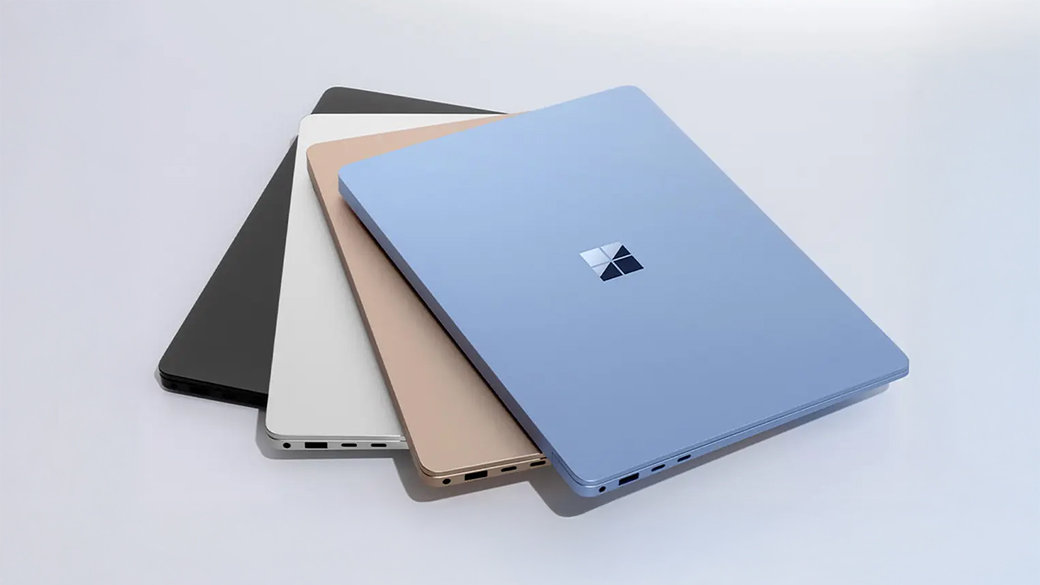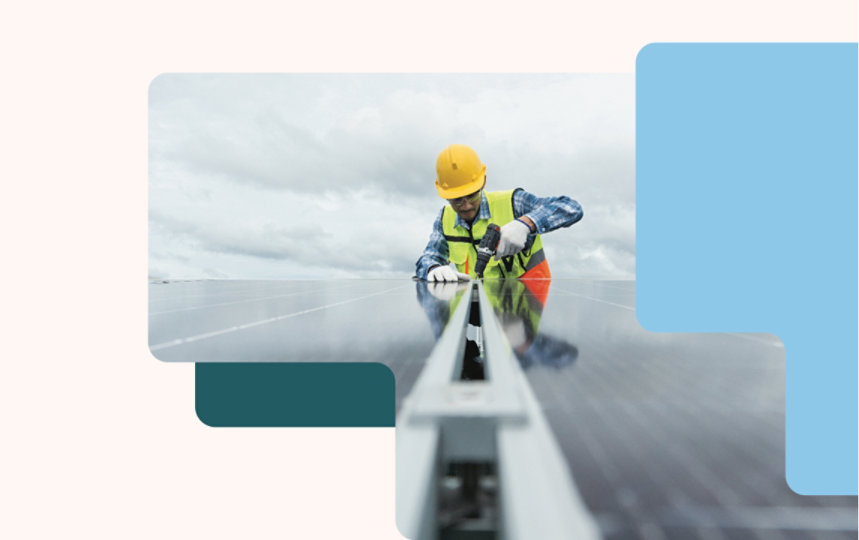Harnessing data for climate impact
Our own sustainability work has revealed the complexities of using environmental, social, and governance (ESG) data to drive progress. We’re applying our learnings to our own product development to help our customers achieve more.

Building Microsoft for Sustainability
Microsoft for Sustainability provides a growing set of environmental, social, and governance data and AI capabilities to help organizations accelerate sustainability progress and business growth.

Scaling progress with customers
Microsoft for Sustainability uses technologies from the Microsoft Cloud portfolio to help customers and partners through custom industry-tailored and geo-based solutions.

Increasing transparency and promoting trust
The Environmental Credit Service (Preview) delivers common, open-standards infrastructure and a shared process and data standard to help track the origination process for carbon credits and other environmental assets.
Prioritizing device sustainability
We’re committed to reducing the environmental impact of our devices and we’ve invested in designing for a reduced carbon footprint across the product lifecycle of our devices.
Microsoft Surface devices
Improving the sustainability of our devices starts with hardware design. We work to create devices that prioritize sustainability throughout the product life cycle, embracing the principles of the circular economy, reducing carbon impact, and minimizing waste.

Assessing the product lifecycle
We publish the carbon footprint of each device, along with other sustainability metrics, in our Eco-profiles. Rigorous third-party ecolabels and standards provide validation of our products’ environmental attributes and achievements.
Extending the life of our devices
Repairability can offer significant emissions and waste reduction benefits. The newest generation of portable Surface devices are the most repairable devices in their product lines to date. And at end-of-life, the consumer mail back recycling program allows customers to recycle their devices through Microsoft.
Reducing the impact of product usage
Our newest laptops and tablets are ENERGY STAR® Certified and registered EPEAT® Gold in more than 30 countries. We continue to focus on increasing the energy efficiency of our devices to reduce direct emissions.
Building a circular economy
We built our circular economy framework around three pillars: Reduce, Reuse, and Recover. This model targets waste prevention first, then focuses on the reuse and recovery of materials.
Sustainability innovation at Xbox
We continue to focus on increasing the energy efficiency of our Xbox consoles, in addition to reducing the environmental footprint associated with the production of our devices, accessories, and console packaging.

Energy-saving tools
Xbox was the first gaming console to offer advanced carbon-saving settings which optimizes game downloads and updates for when the console can use the most renewable energy. And a shutdown power option reduces power consumption while the console is turned off by up to 20 times compared with sleep mode.
Empowering game developers
In 2023, Xbox became the first console platform to release dedicated energy consumption and carbon emissions measurement tools designed for game creators. As of June 2024, the Xbox Sustainability Toolkit has expanded to include a new Dynamic Power States API to aid in GPU optimization.
Optimizing efficiency from code to cloud
We continue to lead the development of more efficient software solutions that reduce environmental impact. By embedding green software engineering principles into every stage of the software life cycle, we can make applications more energy and hardware efficient.

Developing standards, tools, and best practices
Since co-founding the Green Software Foundation (GSF) in 2021, Microsoft has built a trusted ecosystem of people, standards, tooling, and best practices for creating and building green software.

Maximizing cloud sustainability
Azure carbon optimization, now in preview, empowers Azure developers and IT professionals with the data and insights to better optimize the carbon footprint of their cloud resources.

Reducing the impact of AI intelligence
Optimizing AI applications is a critical challenge to balance costs with environmental concerns. Microsoft is developing guidelines for designers, developers, and operators to help ensure that these applications are efficient and optimized throughout their life cycle.
Delivering technology for climate action
We’re committed to ensuring individuals and organizations around the world—climate researchers, policy makers, and the public—have equal access to open, interoperable, reliable, and timely climate data.

The Planetary Computer
With more than 120 open data collections and over 50 petabytes of data, the Microsoft Planetary Computer maintains one of the largest repositories of open Earth observation and Earth science data in the world. Within the Planetary Computer, we provide open access to environmental monitoring data in consistent, analysis-ready formats.

